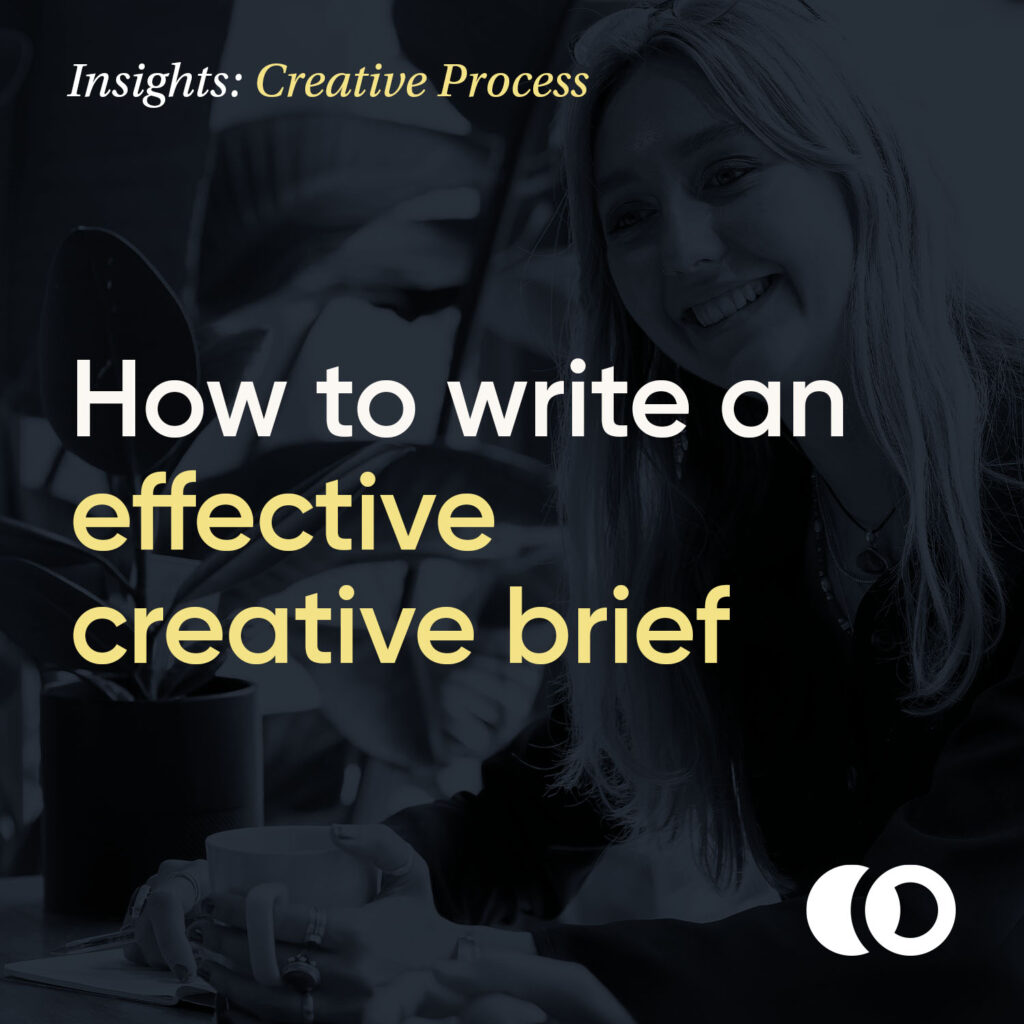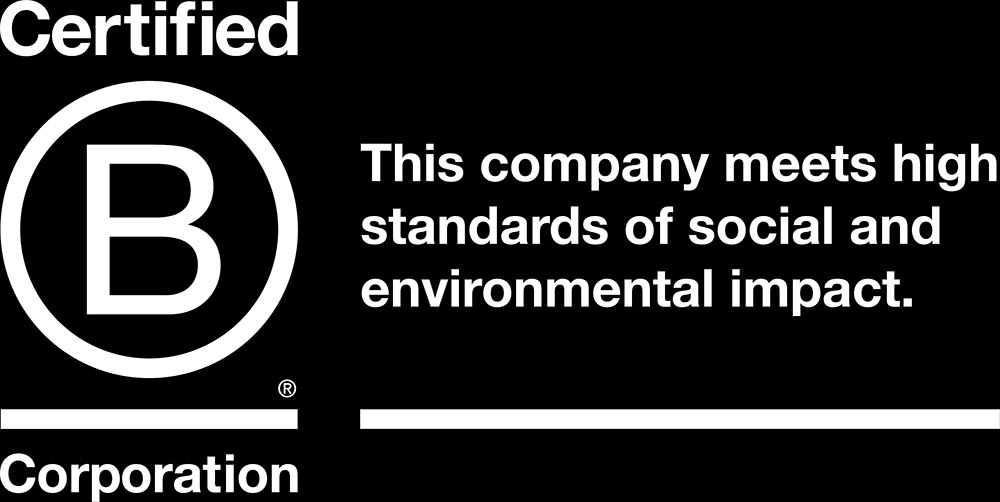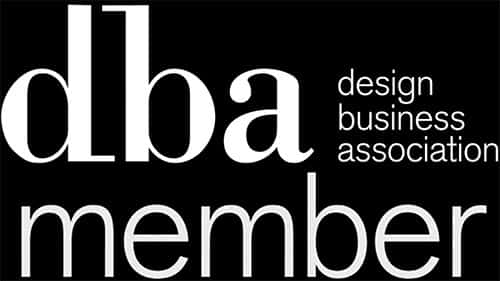
Blog Archive
How to write an effective creative brief
Author: Ed Garrett | circa 10 minute read
You might know you need a shiny new brand identity, a modern website or killer content, but how do you turn this into reality? And how do you ensure that you get the right creative partner on board and that your time and money is well spent?
Before starting work on any creative project, both you and your creative team, whether that be an agency, freelancer or in-house department, need a solid plan and defined objectives. This is where a creative brief comes in, an essential element to delivering any project successfully in the eyes of both you and your creative partner.
Put simply, a creative brief is a document that outlines the scope, deliverables, timeline and success measures of your future project. It keeps everyone on the same page and manages expectations on all sides. This is particularly important when there are multiple stakeholders involved, and helps avoid any confusions or conflicts along the way by serving as a single point of reference.
From laying out your business goals and challenges, to defining your purpose, identifying your audience and the problems you solve, and agreeing deliverables and market references, read on to discover the must haves for an incredible and effective creative brief.

Background and objectives
The first element of an effective brief is the background to your situation, your plans and objectives, plus any challenges you anticipate along the way. Your creative partner not only needs a thorough understanding of who you are, but of any problems your business or charity is having and how you expect the creative work to solve them. Providing this information will mean that everyone knows exactly what they are getting into and what you are trying to achieve.
Consider not only what your long term business goals and objectives are, but also the key objectives of the project. Do you want to diversify your customer base, increase sales or launch a new product? Do you want your website to attract more visitors, or your campaign to encourage donations? With a rebrand you may be looking at 2-5 year goals, website redesigns and content production may be shorter term 6-12 month goals. When you think about it like this, it is important to get this right to help future proof your business, and a good creative brief is a way of ensuring these goals are central to all decisions.
Establishing clear objectives will also make sure that you are not just getting a shiner version of your existing brand or website, but one that supports both your business and user’s goals and ambitions.

Deliverables, deadlines and budget
The brief is your opportunity to clearly state what it is you are looking for in terms of deliverables. What are you commissioning? Is it a full brand kit or just a logo? Do you have an existing brand or tone of voice guidelines that your marketing campaign needs to adhere to? What pages and functionality does your website need to include, is there custom integration needed such as a CRM or a chatbot? Is there existing copy or imagery that needs to be used? You might have a clear idea of the outcome, or you might be more open to ideas from your creative team, but either way it is important to be clear about what you are looking for from the outset.
You also need to set deadlines. It’s widely understood that everyone wants everything done yesterday, but a project as serious as a rebrand or website redesign needs thoughtful planning and the time for everyone involved to deliver their best work. A note on deadlines – as a studio we realise that you may be trying to manage internal demands, but unrealistic deadlines can make you appear disorganised and too reactive. This doesn’t always set the tone for a positive working relationship and you risk putting unnecessary pressure on everyone involved. With deadlines that are too casual or non specific, you may risk an element of complacency creeping in and/or a lack of momentum.
Then there is the budget to consider. Whilst some organisations might want to hold their cards close to their chest, the danger of this is that your creative partner will have no idea what level they are pitching for resulting in a proposal which could be entirely off the mark. By providing a budget range, designers and agencies will be able to focus on what is achievable and provide you with meaningful options based on affordability. It is also a good way to filter out who is too expensive, and find partners with experience of delivering similar sized projects for similar sized organisations..
When going into a competitive process to find your creative partner, the more information you can give to the agencies or freelancers, the more accurate the proposal is going to be. Ultimately, you will have more chance of getting the right partner on board by providing a strong, thorough and well documented brief.

Purpose, positioning and audience
The next key element of a strong brief is explaining your purpose and positioning. Do you have a mission and vision statement? Can you clearly articulate what makes you different from your competitors? Why should people work with you over any number of other options? If the answers to the questions are not obvious then some strategic work may need to be done, making the creative briefing process a good way to identify gaps. For more information on this we’ve written an article titled ‘Brand strategy for purposeful people’.
The next key element to consider is your customers and your audience. You not only need to know who and where they are, but really understand their pain points and how you solve their problems. Digging into this early on will ensure that your new brand, website or marketing campaign strategically targets your ideal customers at every stage, and offers useful solutions. One way to do this in more detail is to create customer personas from existing or expected customers, here you can include information on their personality types, motivations, frustrations and the reasons they would be engaging with your brand, website or content.
A very good friend once said to us that ‘it doesn’t matter whether you like your new brand or website, what matters is whether your customers do’. Whilst we don’t subscribe to this entirely, there is something to be said for putting your customers’ needs before opinions and vanity.

Market and competitor analysis
What looks good to us as a studio, to you and to your customers is subjective. A modern website looks different to different people. In mind of this, it is absolutely crucial to use references to clearly show what ‘good’ looks like to you and set a benchmark.
There are two types of references that we recommend finding and including in the brief. The first is market research to align your business with the best of breed in the sector. Document your competitors and what they get right and wrong in their brand, web and content. For example, what other businesses are out there that you are up against? How does their brand kit and online presence look? Are you in a market where others don’t invest in brands, or is the standard so strong that you need to ensure you don’t fall behind the rest?
As well as your obvious market competitors, it is helpful to provide references to other brands that inspire you in other industries. Find clear visual references and explain what inspires you and why. It might be a fashion brand or a technology company, the industry doesn’t matter as long as there is an element that you admire and can explain the reason why.
Investing that little bit of time up front in finding these references will save previous time for everyone in the long run. You will be able to set expectations and define a good outcome, and potential suppliers and partners will be able to see if they are the right fit early on. These references are important not only for the initial creative process, but as a point of reference in case the output misses the mark – so don’t overlook them!
In summary
Good creative briefs can be the make or break of a successful project, so get it right and you’ll reap the rewards! To recap, make sure you cover…
- Background, current situation and challenges
- Short and long term objectives
- Deliverables, deadlines and budgets
- Purpose, mission and vision
- Unique positioning / selling points
- Target audience and customer personas
- Market and competitor analysis / references
At The Discourse, we have been designing incredible brand identities, websites and content marketing campaigns for well over 5 years. We’ve proven that organisations that embrace brand, the web and content are more successful over the long term. Our clients typically spend from £5k to £20k on brand strategy and design, website projects range from £5k to £20k depending on size and functionality.
If you’re ready to take your business or charity to the next level then please get in contact today via our contact page or by emailing us at: [email protected].





